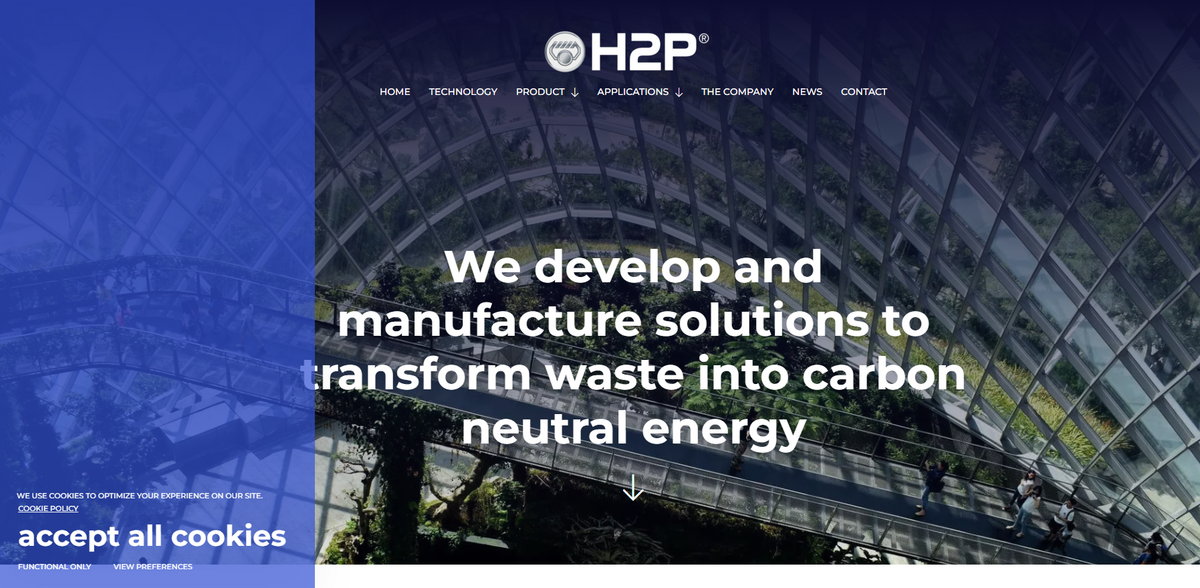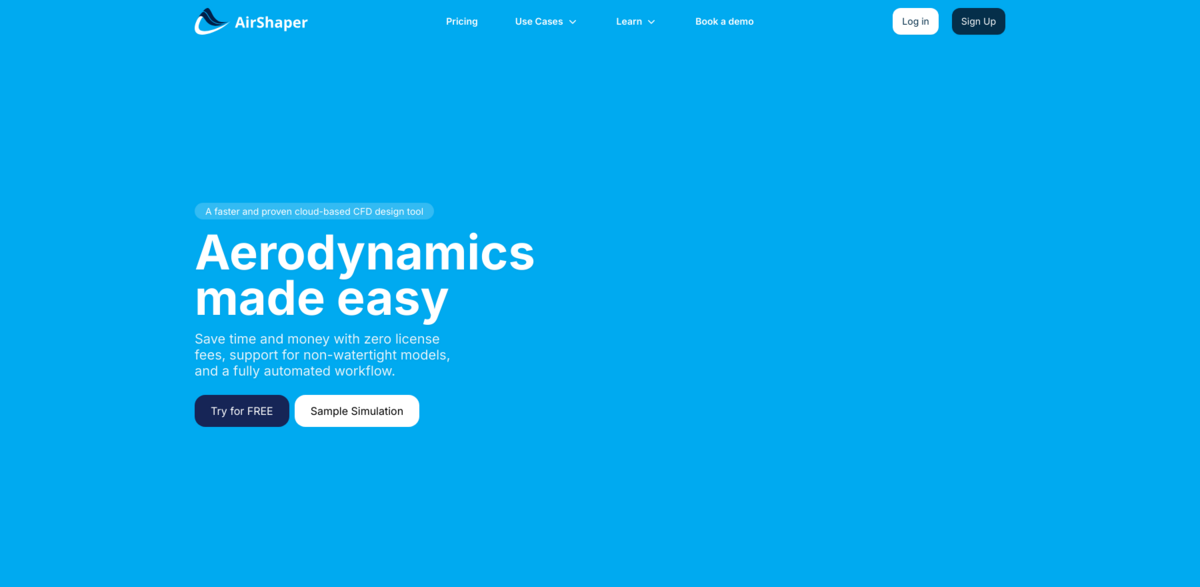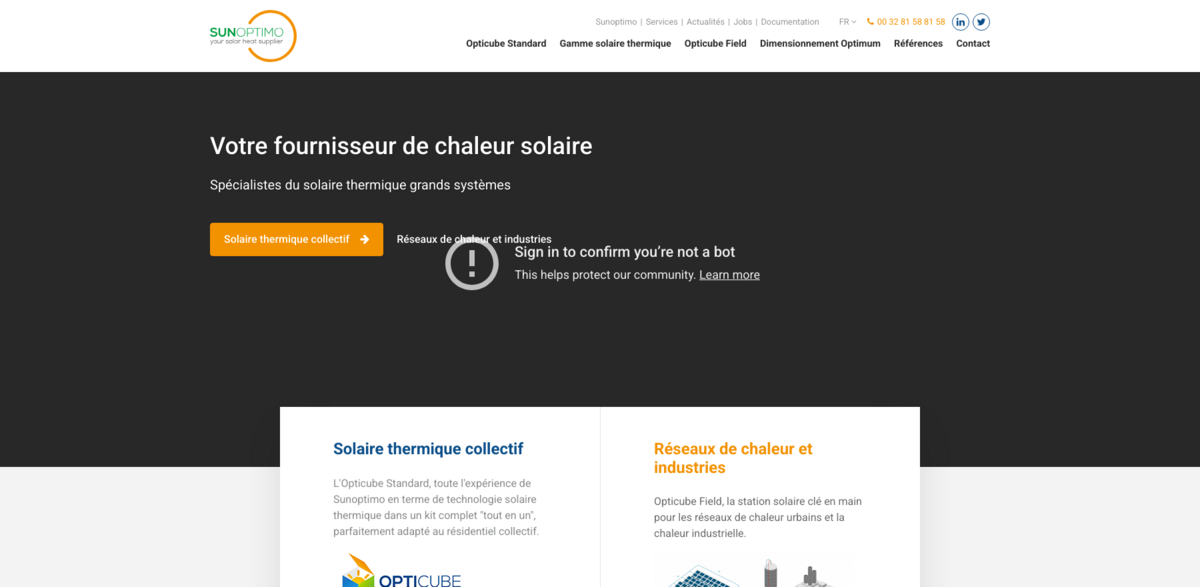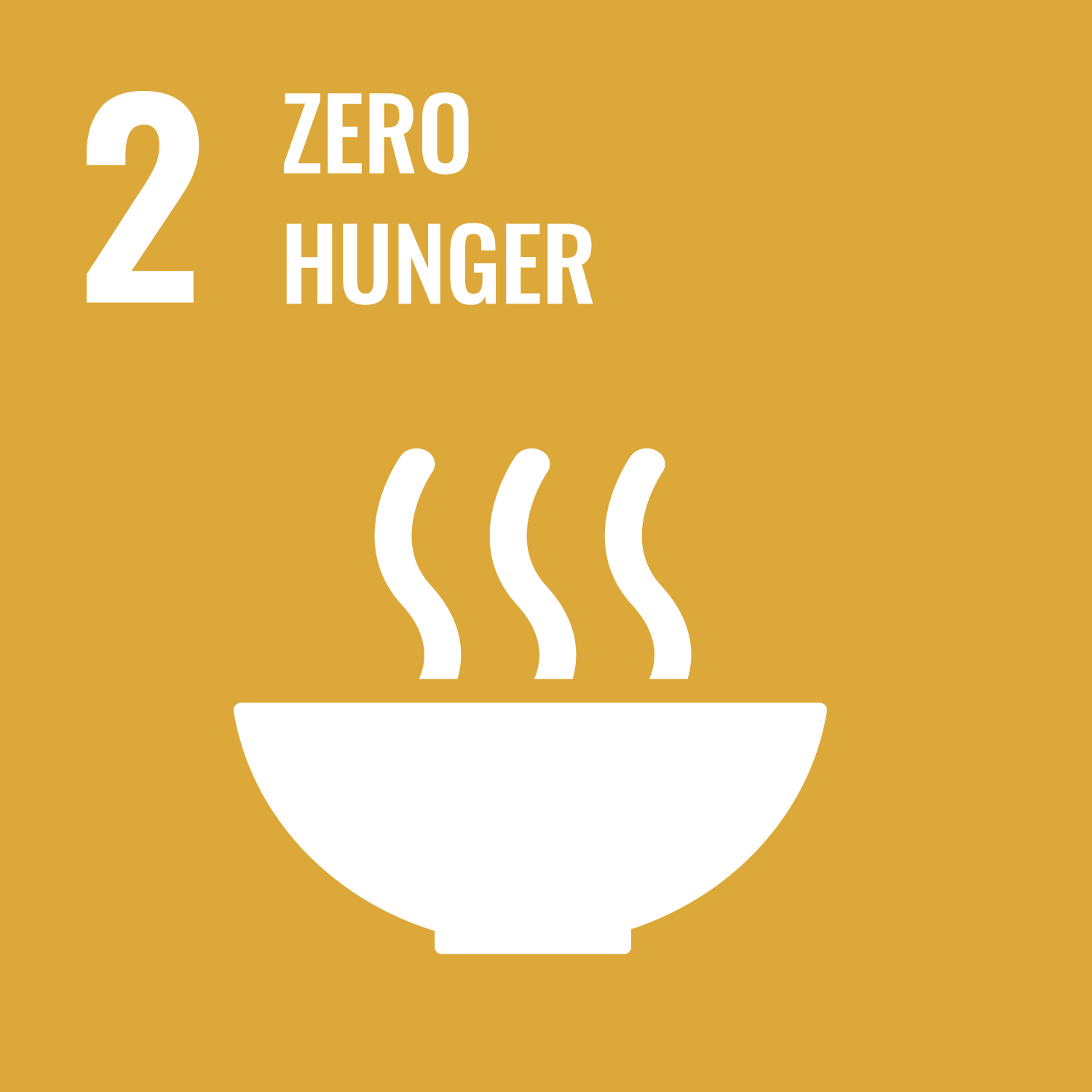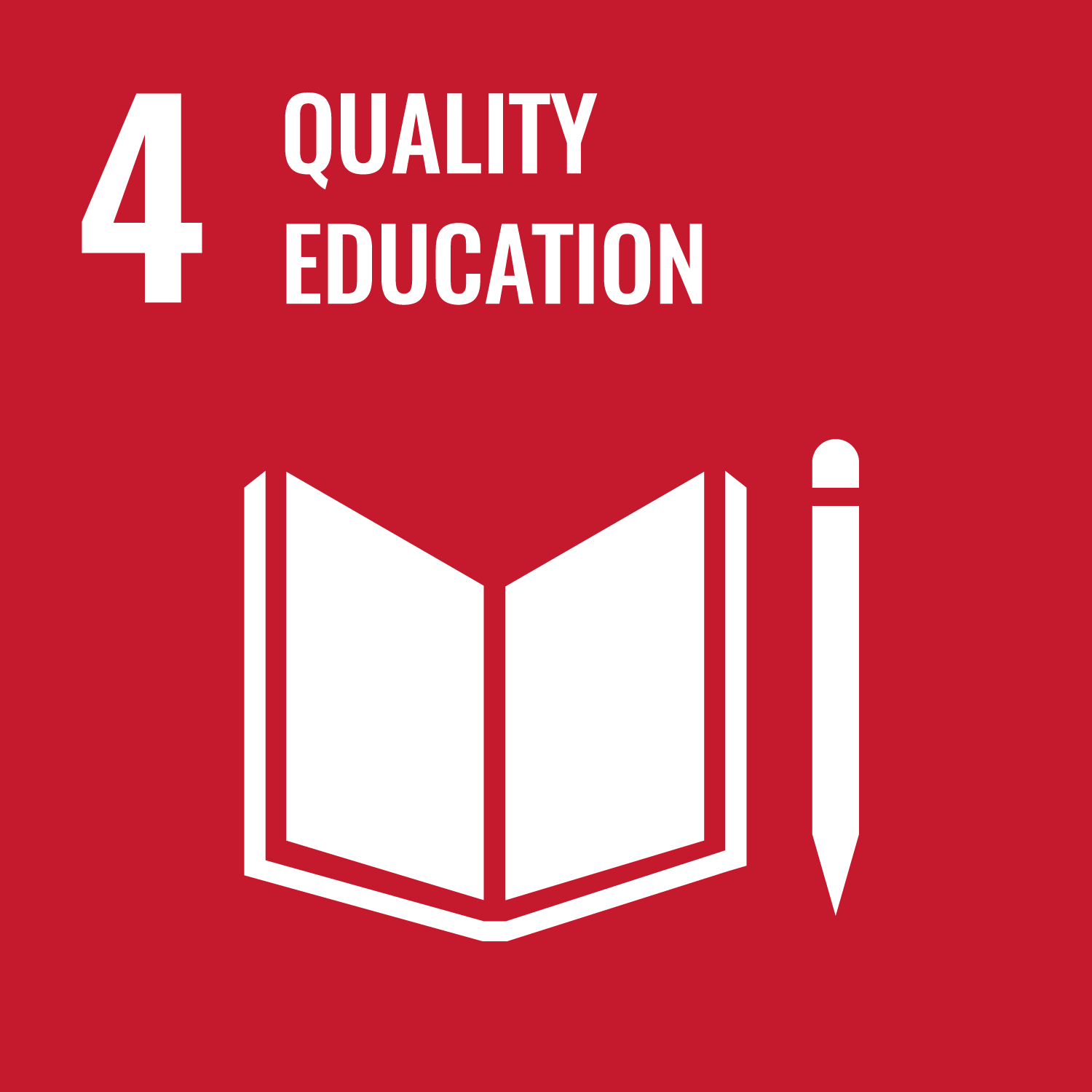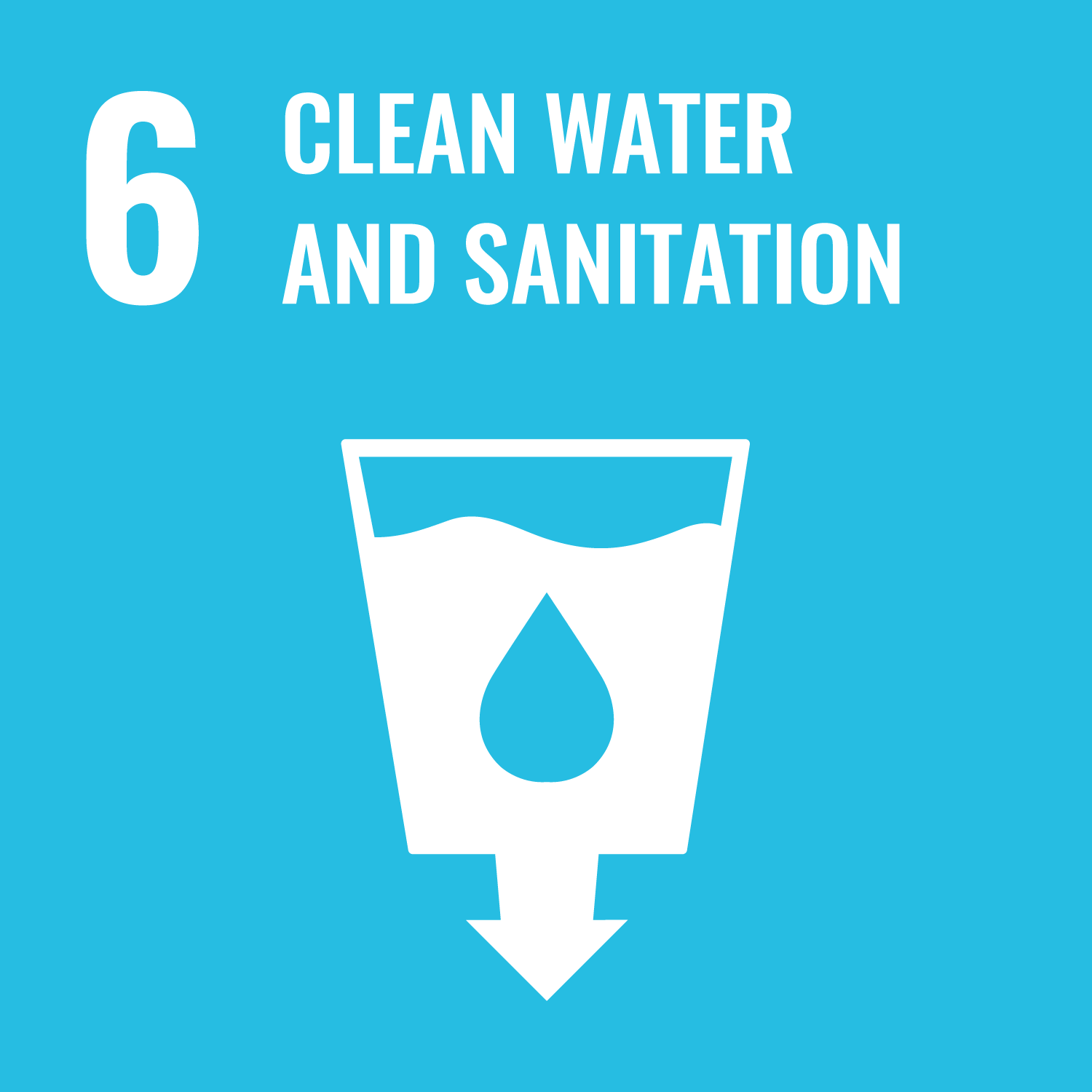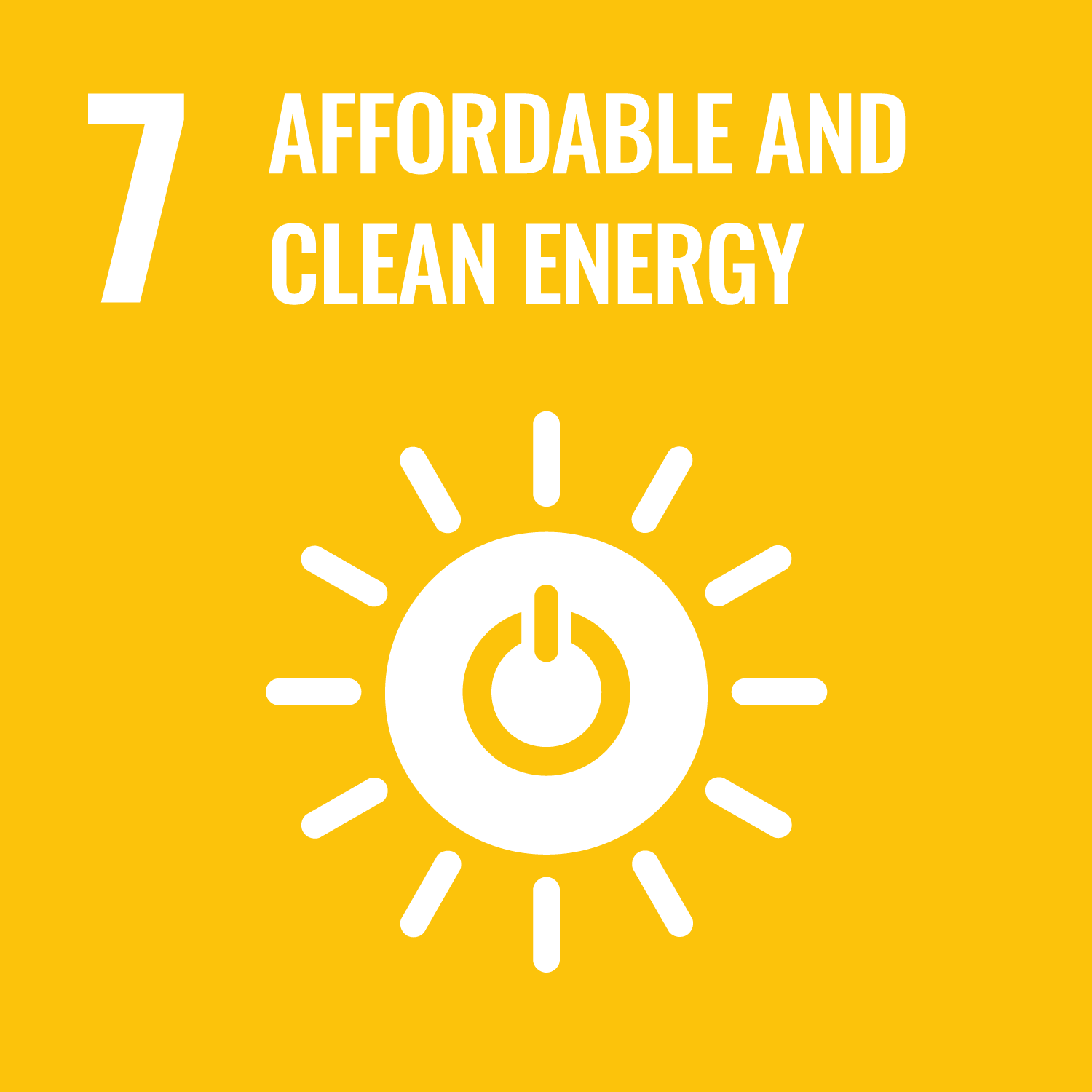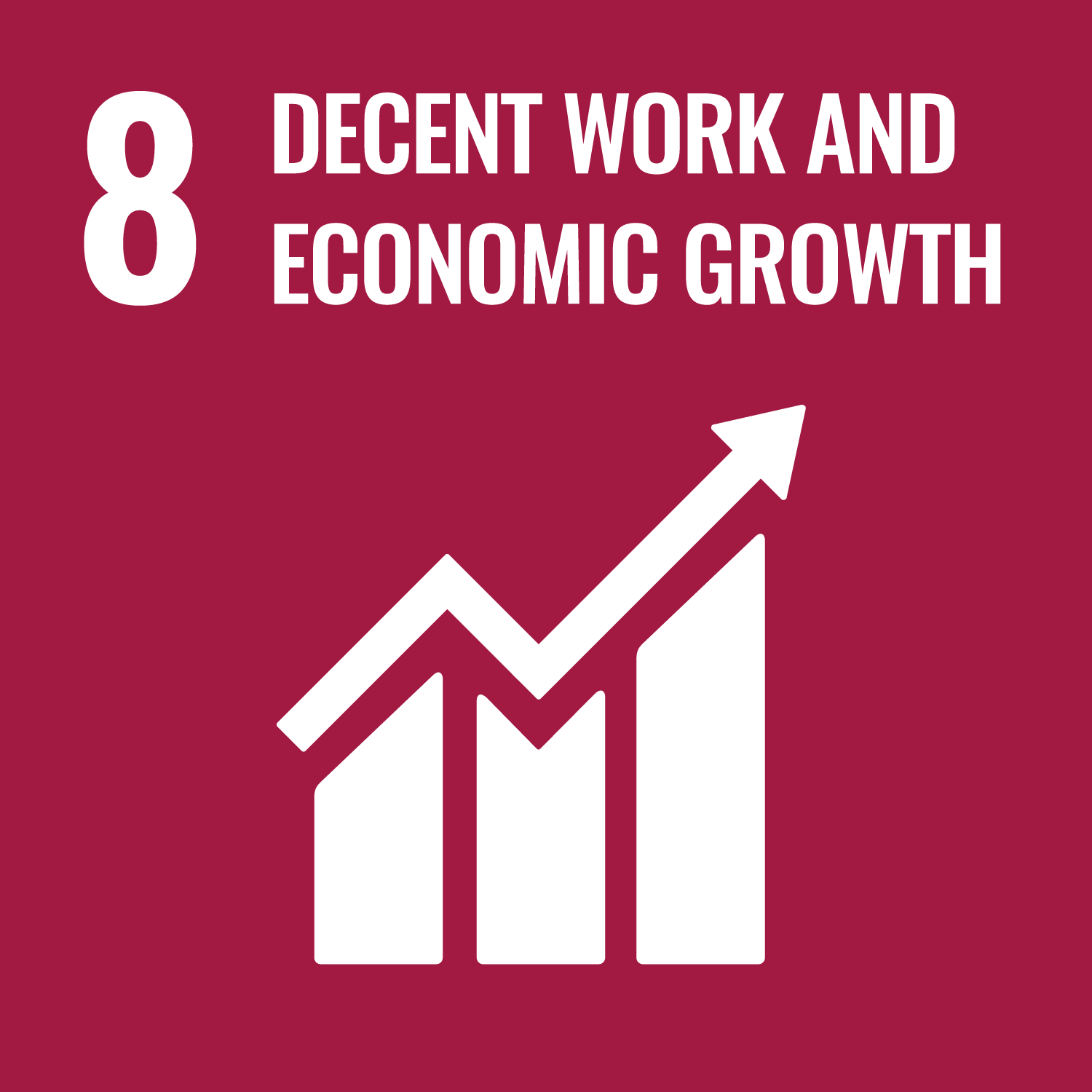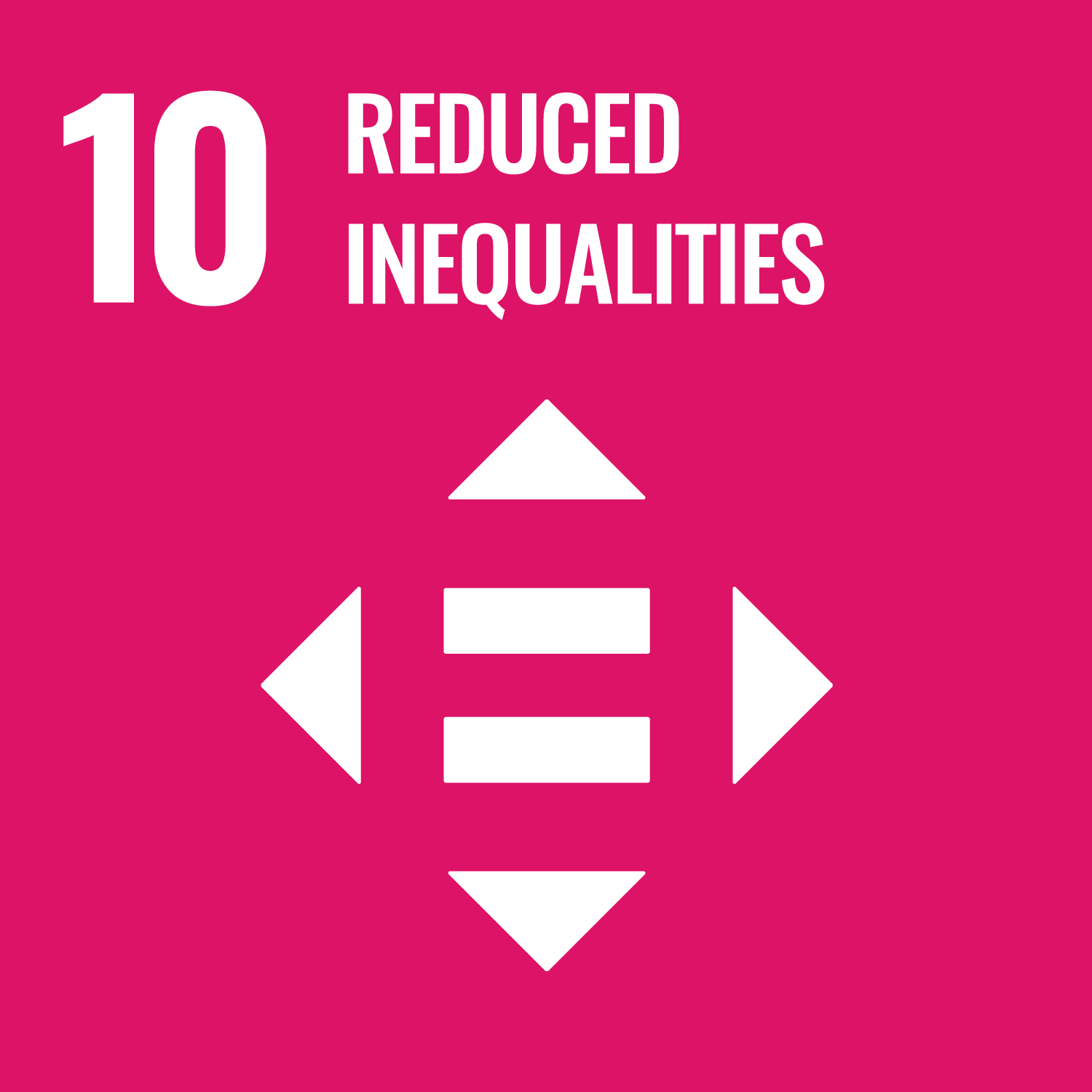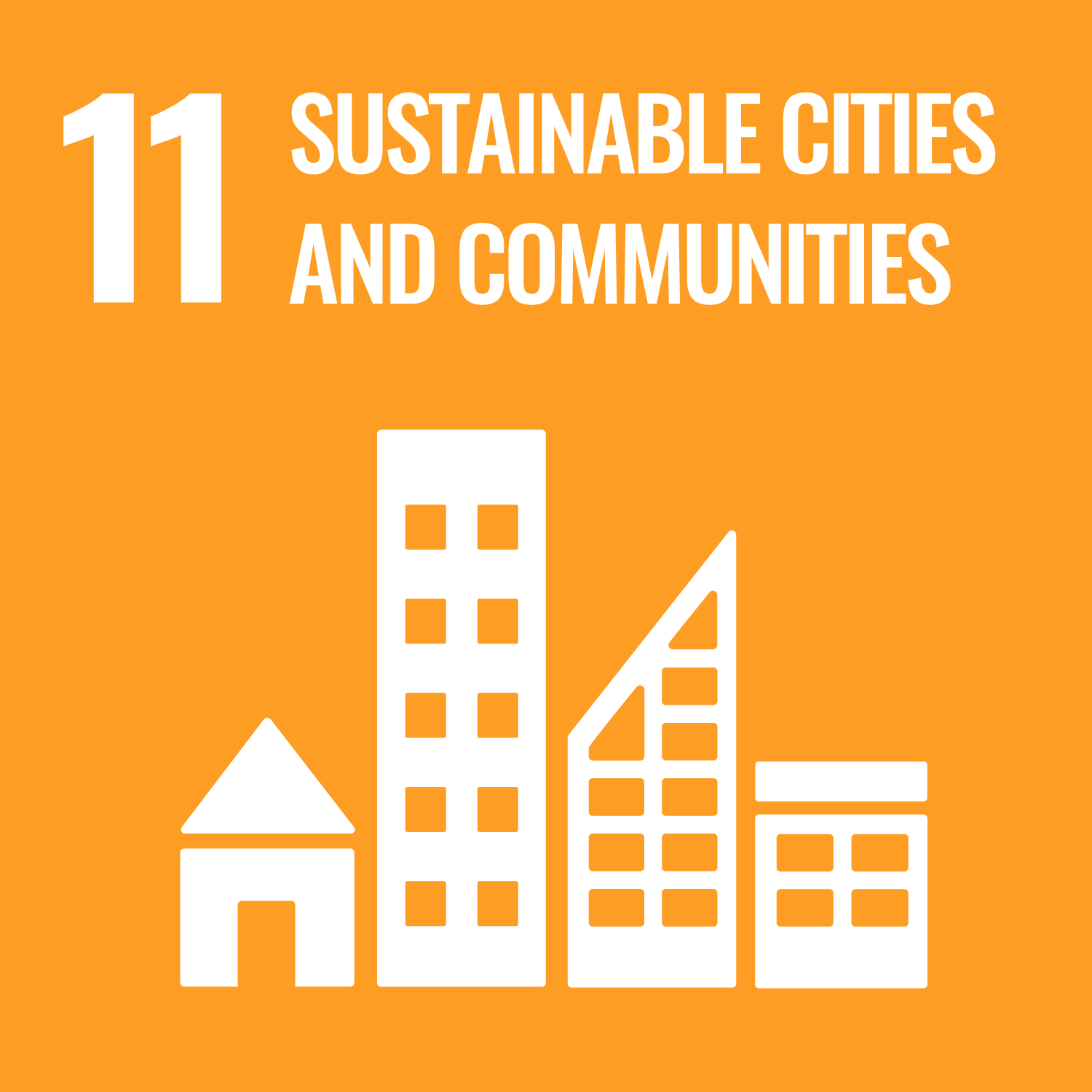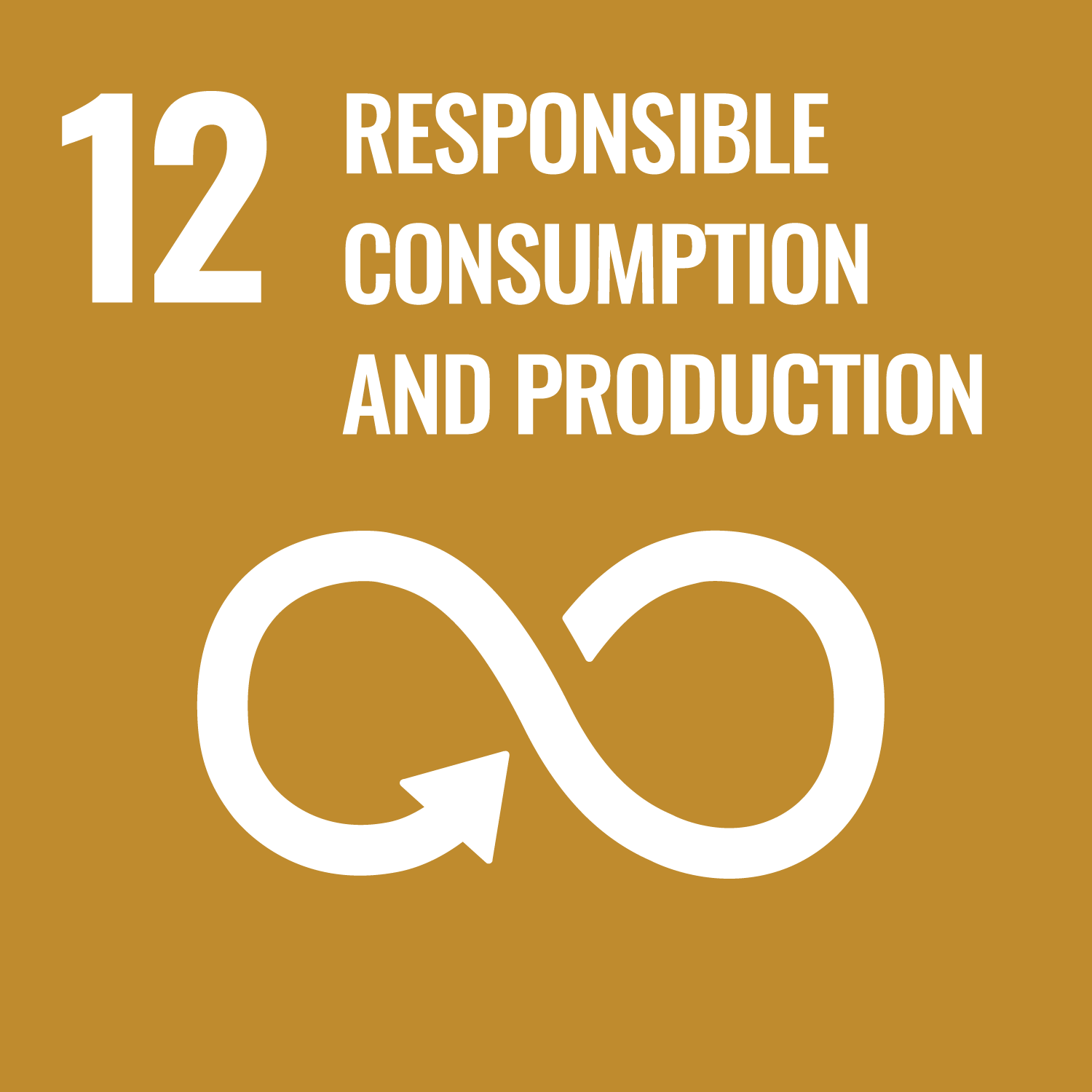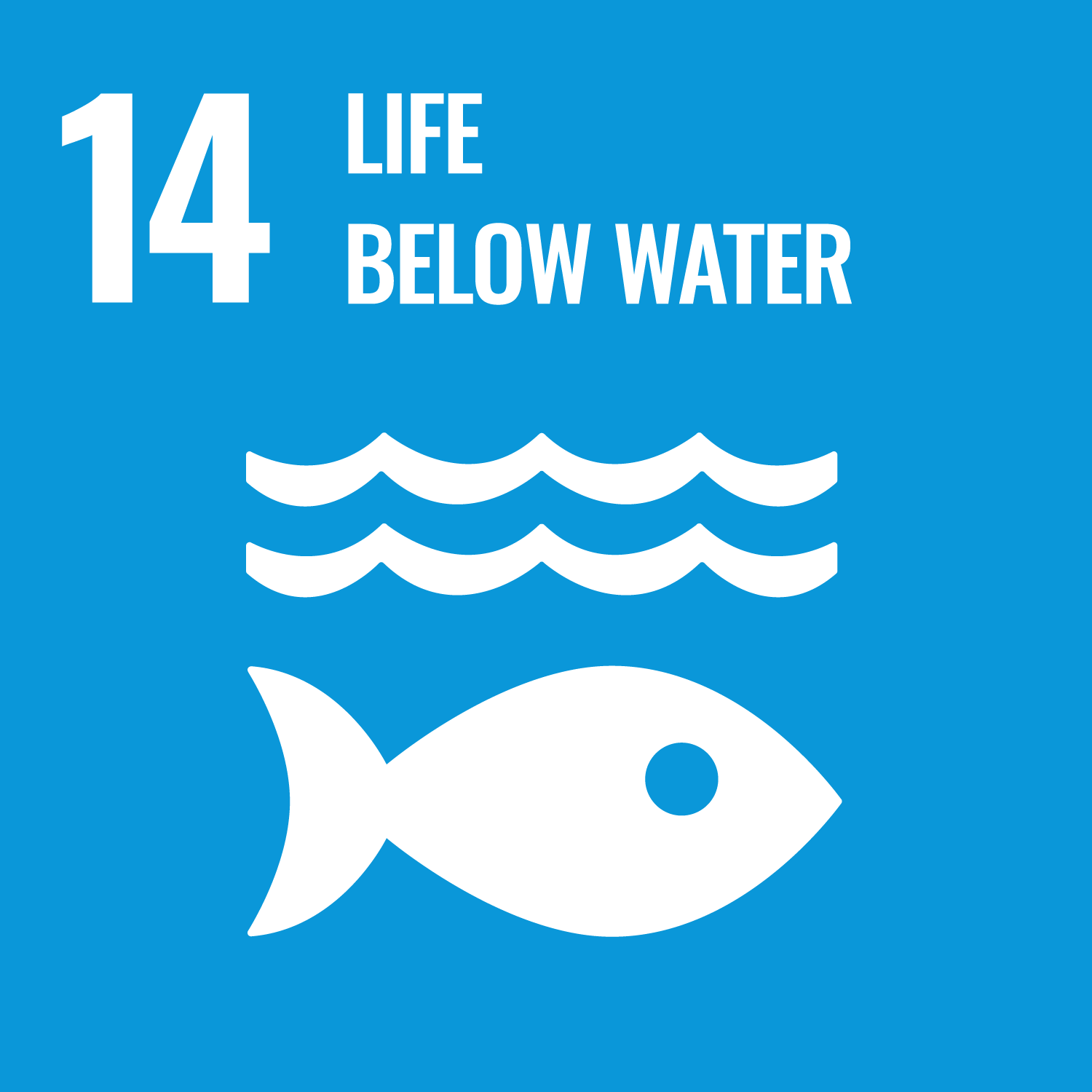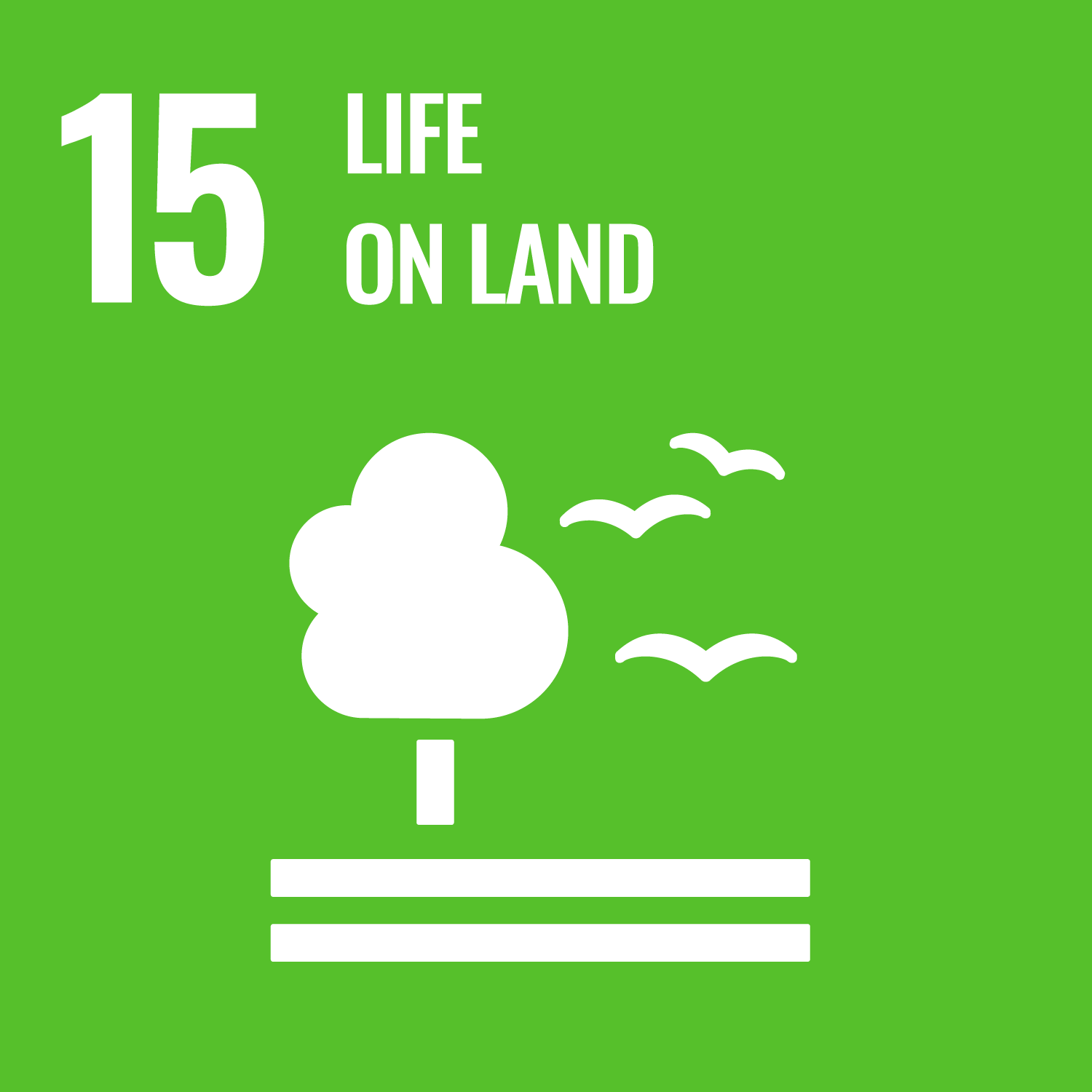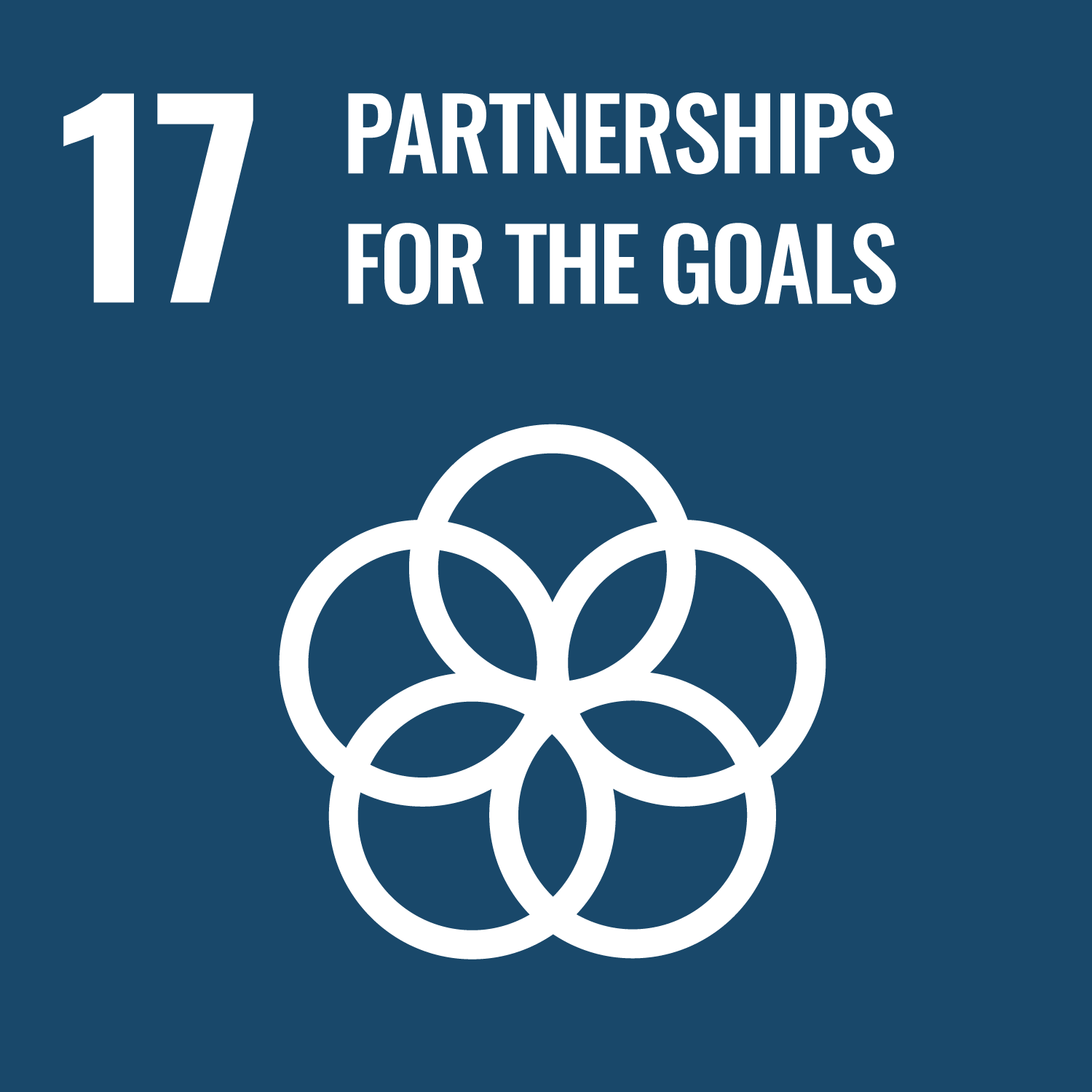What is this Project?
The project is all about valorizing industrial thermal discharges, decarbonizing industries and accelerating the energy transition of dedicated industrial sites. It focuses on converting industrial waste heat—energy that otherwise escapes through factory chimneys—into useful electricity and hot water. The process is straightforward yet ingenious: recovering energy that is normally lost, and transforming it into a key asset for both industry and the environment. Emphasizing phrases like “VALORIZE YOUR INDUSTRIAL THERMAL DISCHARGES” and “DECARBONIZE YOUR INDUSTRIES,” the initiative is designed to tackle one of the most critical energy challenges in modern industry. With 18% of global CO₂ emissions and 30% of energy consumption coming from industry, the lost energy constitutes a tremendous opportunity waiting to be seized.
Main Benefits and Key Figures
The benefits of this project are substantial, promising not only economic gains but also significant environmental improvements. The underlying facts and figures are impressive:
- 18% of global CO₂ emissions originate from industrial processes.
- 30% of the world’s energy consumption is due to industry.
- Only one-third of this energy finds an actual use, leaving the rest to dissipate as waste heat.
- In Europe alone, 300 TWh/year of waste heat is potentially recoverable – equivalent to 10 EPR reactors or roughly 9,500 wind turbines rated at 5 MWc.
These numbers reveal a hidden challenge and a hidden opportunity… a chance to radically change energy dynamics in industrial settings.
Expert Measurement and Analysis Solutions
A crucial component of the project is the comprehensive measurement and analysis service tailored for energy valorization. This expert service is responsible for characterizing the waste heat of industrial sites, ensuring a deep understanding of the energy profile. Detailed evaluations cover a range of assessments, such as:
qualification of clean or fouled flue gases,
complete characterization of waste heat sources and thermal outlets,
and subsequent recommendations for the best available technologies. The solutions proposed include steam turbines, ORC systems, heat exchangers, heat storage options, and integrated Hevatech technologies. This technical approach guarantees that no valuable energy is overlooked and that solutions are both efficient and economically viable.
Heat to Power Turbines
One of the innovative modules offered focuses on heat to power turbines, which stand out for their tailored cogeneration solutions. These turbines function by recovering flue gases above 200°C and transforming the excess heat into self-consumed electricity on-site. Additionally, they produce hot water for industrial processes or heating applications up to 120°C. Boasting a short return on investment, these cogeneration systems are not only robust and reliable but also subject to low regulatory constraints. This makes them an attractive option for industries looking to innovate without excessive administrative hurdles… an ideal blend of technology and practicality.
Heat to Power Engines
Complementing the turbine technology are the heat to power engines, which are optimized for recovering energy from higher temperature flue gases—specifically those above 600°C. This technology employs a hot air engine mechanism that converts intense heat into on-site electricity and simultaneously produces hot air for processes that require temperatures up to 300°C. With the added benefit of minimal regulatory constraints, these engine modules provide an innovative pathway to capturing even the most extreme waste heat scenarios. Essentially, the project transforms industrial by-products into powerful, consumable energy in a way that feels both revolutionary and refreshingly efficient.
Project Impact on Sustainable Development Goals (SDGs)
- SDG 7: Affordable and Clean Energy – improving energy efficiency through waste heat recovery.
- SDG 9: Industry, Innovation and Infrastructure – promoting innovative technologies in heavy industries.
- SDG 13: Climate Action – reducing global CO₂ emissions by optimizing energy use.
- SDG 12: Responsible Consumption and Production – emphasizing sustainable industrial practices.
- SDG 11: Sustainable Cities and Communities – contributing indirectly by lowering environmental impacts in urban industrial hubs.
Innovative Approaches in Waste Heat Recovery
The underlying philosophy of the project is succinctly captured in the statement, “Transform heat into power.” Emphasizing that lost heat is never just wasted, the project integrates innovative recovery engines and even ventures into concentrated solar power stations. These advanced systems operate in a dynamic, engaging way to ensure that every joule of energy finds a productive use. By meticulously identifying, measuring, and verifying thermal energy losses, this initiative not only pushes the boundaries of traditional energy recovery but also sets a new standard for sustainable industrial operations. With a combination of expert analyses, tailored cogeneration technologies, and high-temperature recovery modules, the project delivers a multi-faceted solution. Each facet is locally optimized to suit specific industrial needs while ensuring that the overall environmental footprint is continuously minimized.

